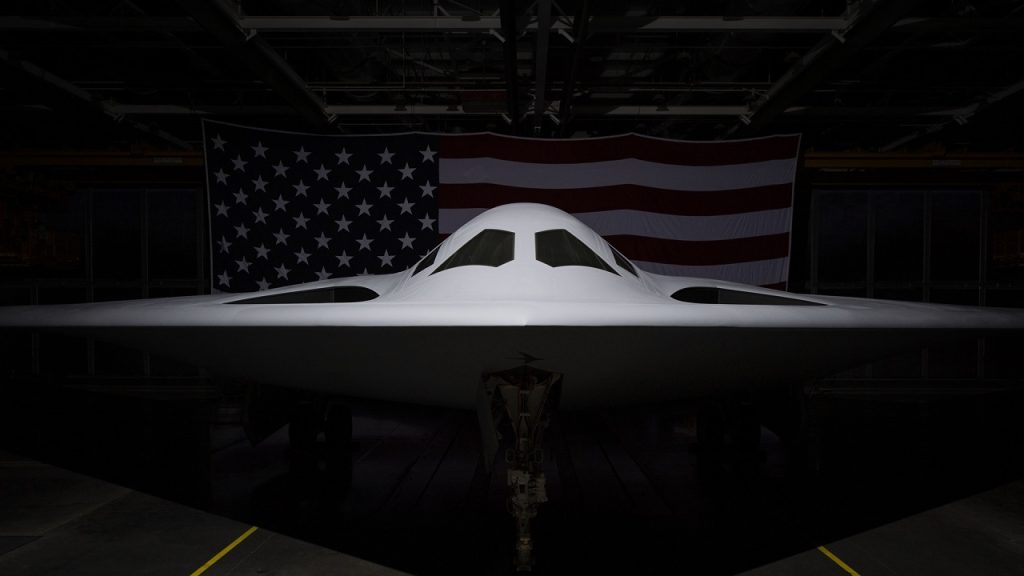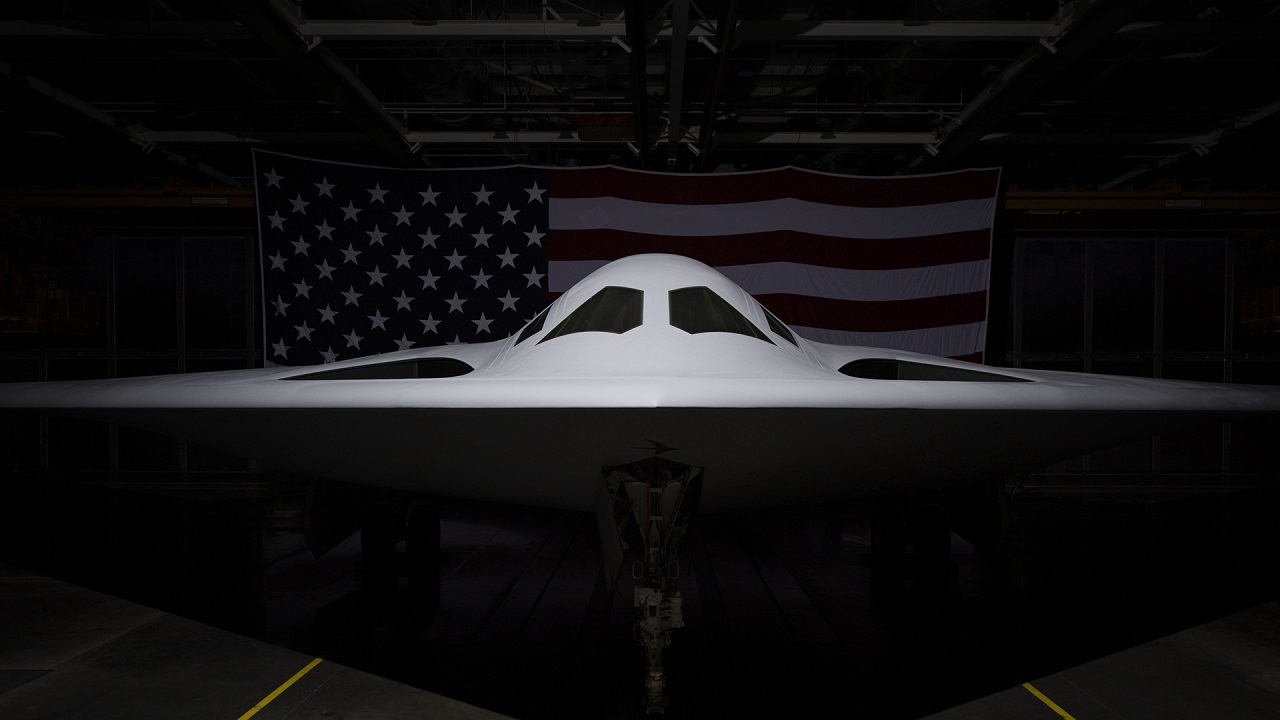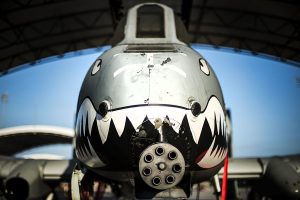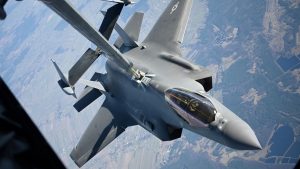Defense Secretary Lloyd Austin said he would rather think about exporting the B-21 after it has been “tested and fully furnished.”

Suppose that the new B-21 Raider bomber is taking off from the United States, and at the same time, it is also taking off from Australia to undertake another mission.
It would first be necessary for the Australian Air Force to purchase its B-21s. That would require the Australian government to invest roughly $30 billion, a significant sum that Australians could be unwilling to pay. But it would be interesting to investigate what the B-21 could bring regarding a potential simultaneous attack scenario against China launched from North America and the Indo-Pacific.
The nuclear-capable B-21 had its public debut in California on December 2nd. It will eventually serve alongside the B-52 to create a prime alternative for the nuclear triad and construct the backbone of deterrence. The event took place at the California Science Center. Deep-strike aircraft such as the B-1B Lancer and the B-2 Spirit will be gradually phased out in favor of the B-21.
In addition, the B-21 can drop conventional bombs and missiles on the battlefield. After a gap of three decades, the United States Air Force has finally acquired a strategic bomber.
By acting consistent with the AUKUS accord, a trilateral pact between Australia, the United Kingdom, and the United States, Australia provides a more robust defense against China. Unfortunately for Australia, its request for nuclear submarines to operate under AUKUS has been delayed.
Because China is expanding and modernizing its military to pose a danger to Australia, Canberra wants the boats within the next decade or even sooner.
While waiting for the submarines, Canberra may be able to maintain its long-range attack capability with the help of the B-21. The Virginia-class attack submarines of the United States Navy and the Astute-class attack submarines of the Royal Navy of the United Kingdom are both options for the Australian Navy.
In the meantime, Australians have developed a strong affinity for the B-21. After the public demonstration, Canada’s Minister of Defense, Richard Marles, enthusiastically commented on Twitter, praising the B-21 for having a “really cool” design. Marles believes that the B-21 might be able to find a place in Australia’s military strategy, which he sums up in the phrase “Impactful Projection.” Australia’s government has expressed a desire to move away from its image as a remote continent whose primary focus is defending its borders.
If necessary, Canberra is considering going on the offensive against China. To do so, however, it will require nuclear submarines and stealth bombers.
Australia indeed possesses F-35A stealth fighters, and if they were allowed to fly together with the B-21, the two aircraft would create a formidable aerial formation. Even though Air Force Secretary Frank Kendall is receptive to the notion, the United States Air Force has not yet provided a timetable for when the Raider bomber will be available on the export market. The United States Air Force now has seven B-21s in development, including the one on display at the beginning of this month. The United States wants at least one hundred B-21s, possibly even more, if the project comes in on time, under budget, and if its test flights meet their respective benchmarks.
For a squadron of 12 B-21s, Australia would require a minimum of $25 billion and up to $28 billion in funding. The issue with the price is that Australia’s defense budget in 2022 was only $30.7 billion, equivalent to approximately two percent of the country’s gross domestic product.
Should the B-21 ever be made available for international sale, the Australian government would have to increase its spending on defense by a factor of two to afford one.
As a result, some people question why Australia is trying to implement such an expensive policy. According to a piece that was published in the Sydney Morning Herald by retired Australian General Mick Ryan, who commented on the aircraft, “Designed to do only one thing—bomb China—the B-21 bomber is a capability beyond Australia’s budget and need,” the plane is “designed to do only one thing—bomb China.”
Before discussing potential exports to countries like Australia, Secretary of Defense Lloyd Austin stated that he would want to have the B-21 “tested and fully outfitted.” Because of this, it won’t likely be accessible for export until the 2030s at the earliest. When it considers its options for the future of its military strategy, Australia might be ready to wait until this option becomes available.
Some people argue that there is no need for stealth bombers. Still, Canberra might be a good partner for Washington in the effort to deploy more allied military assets to the Indo-Pacific region.






